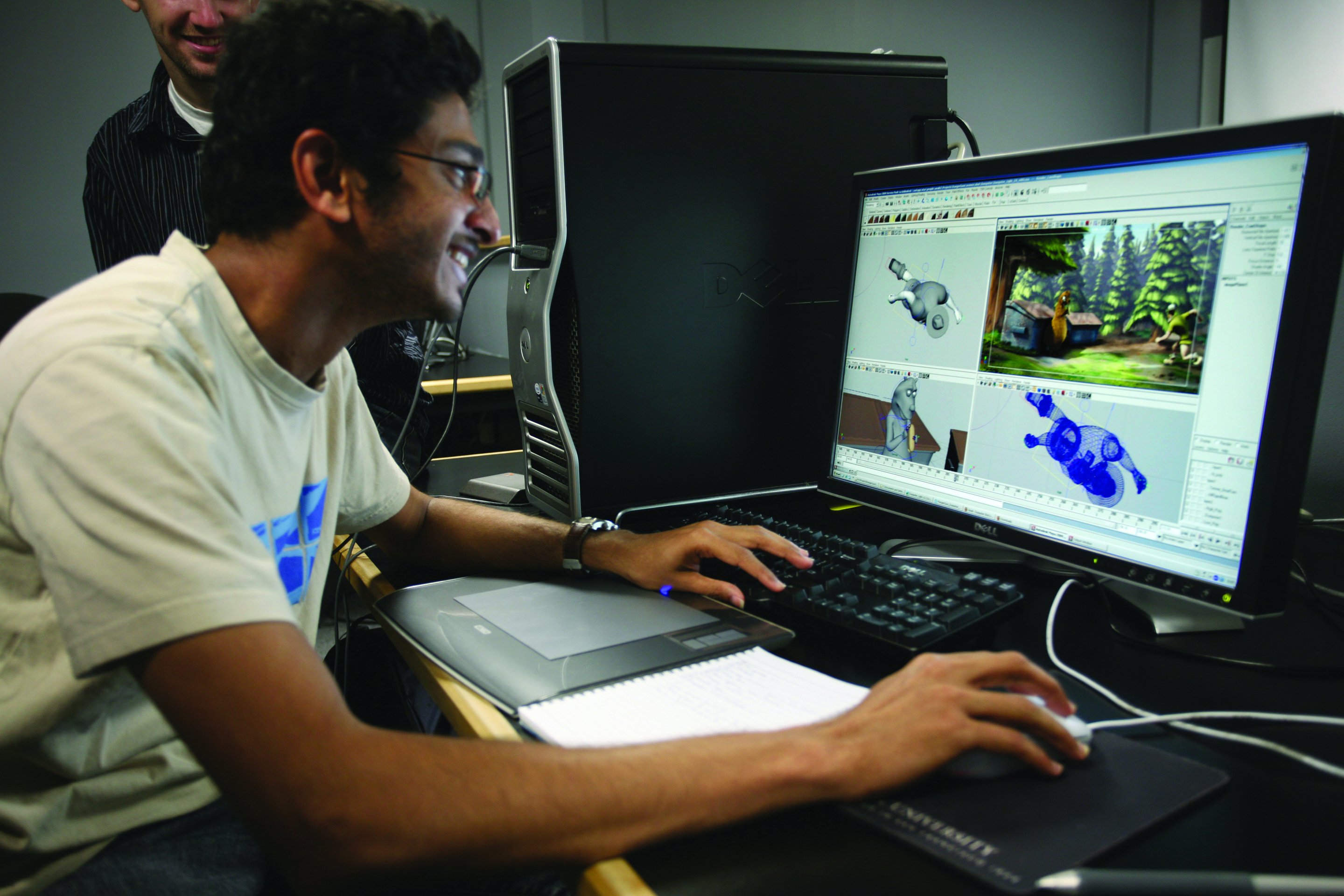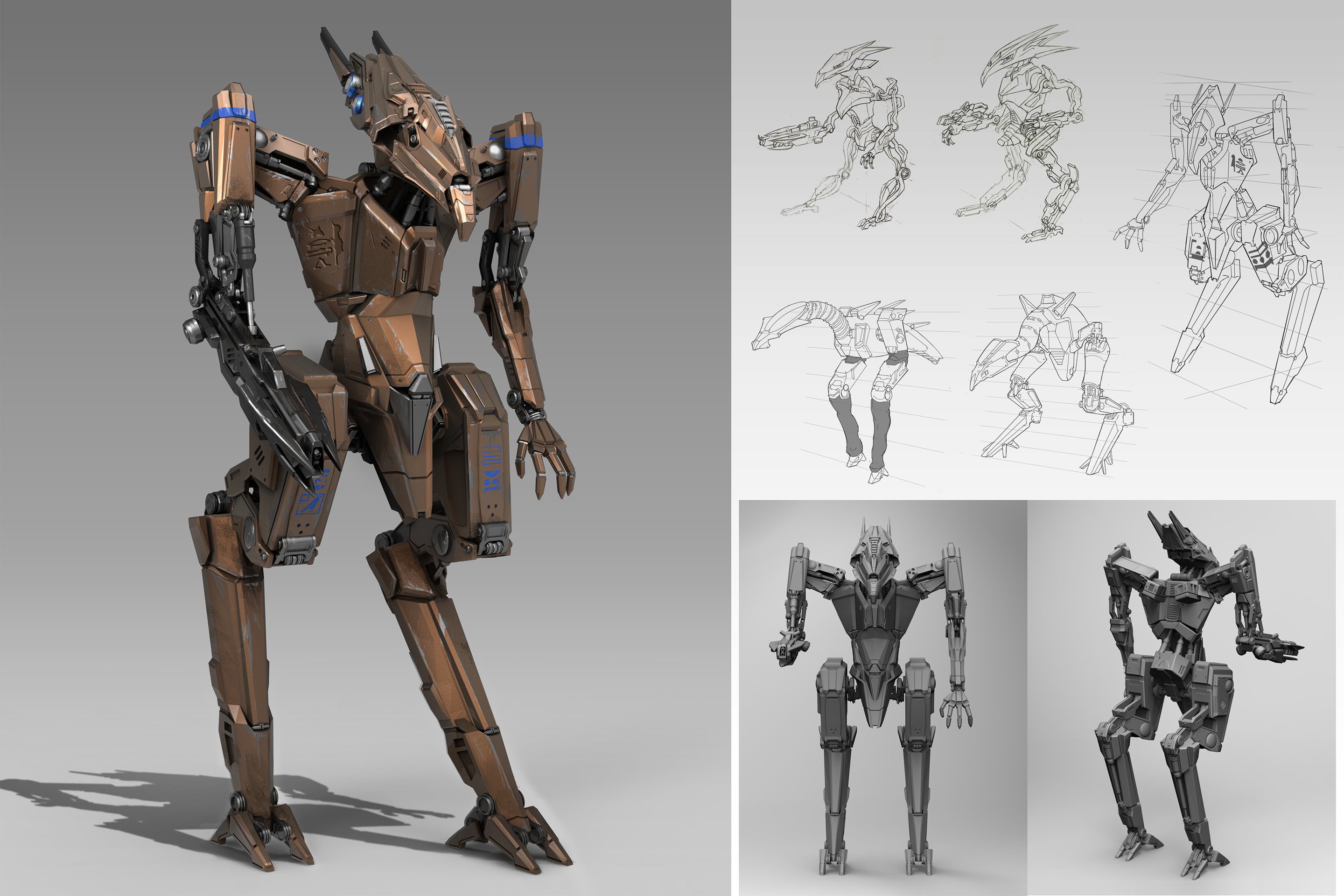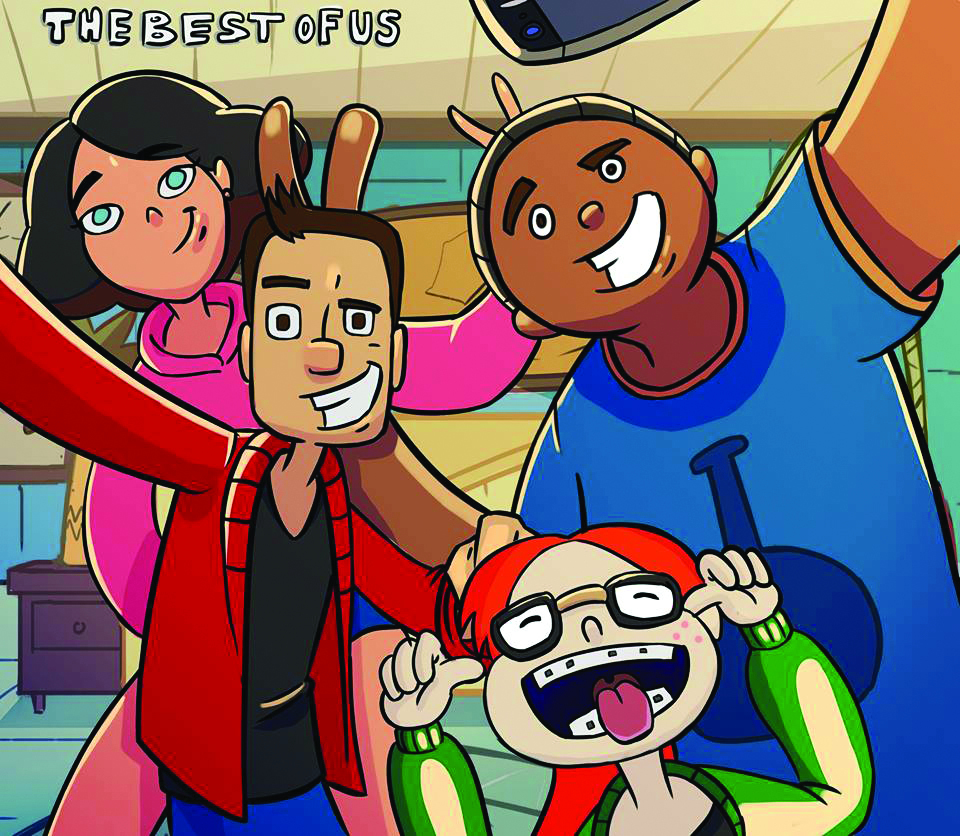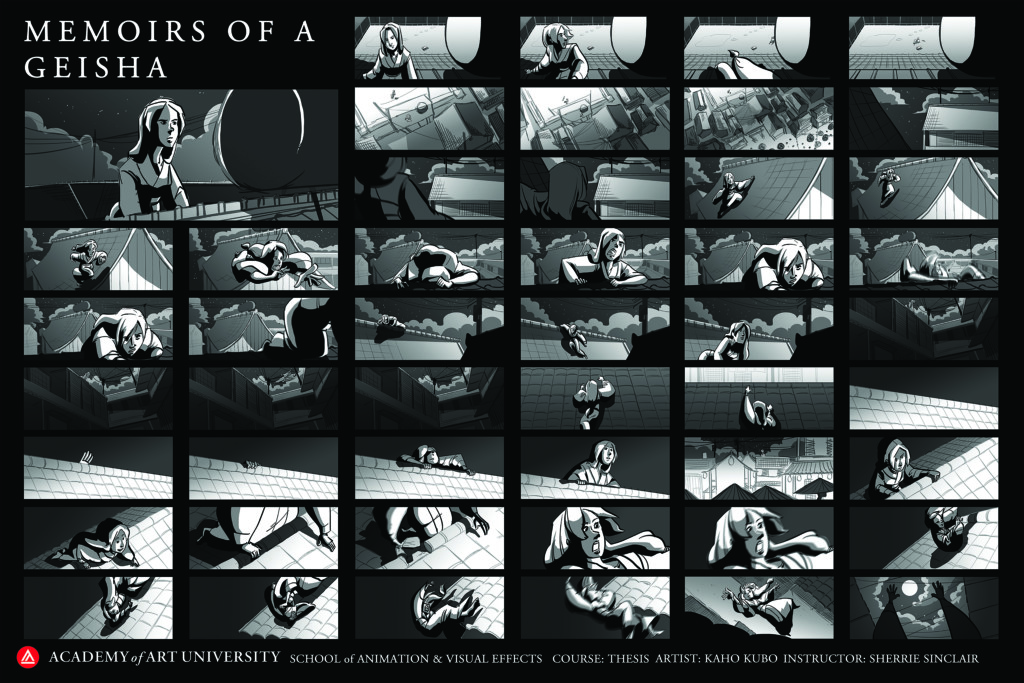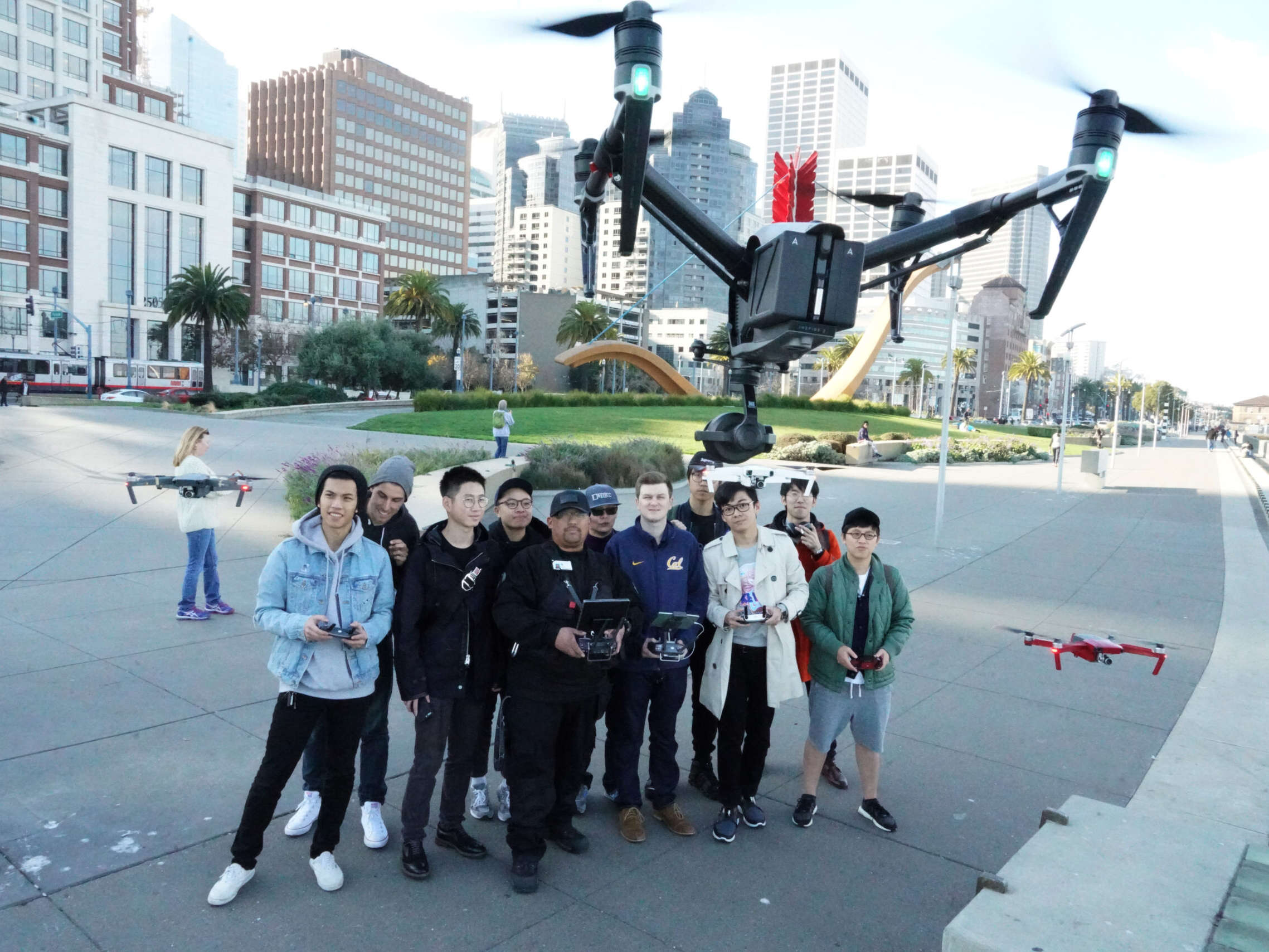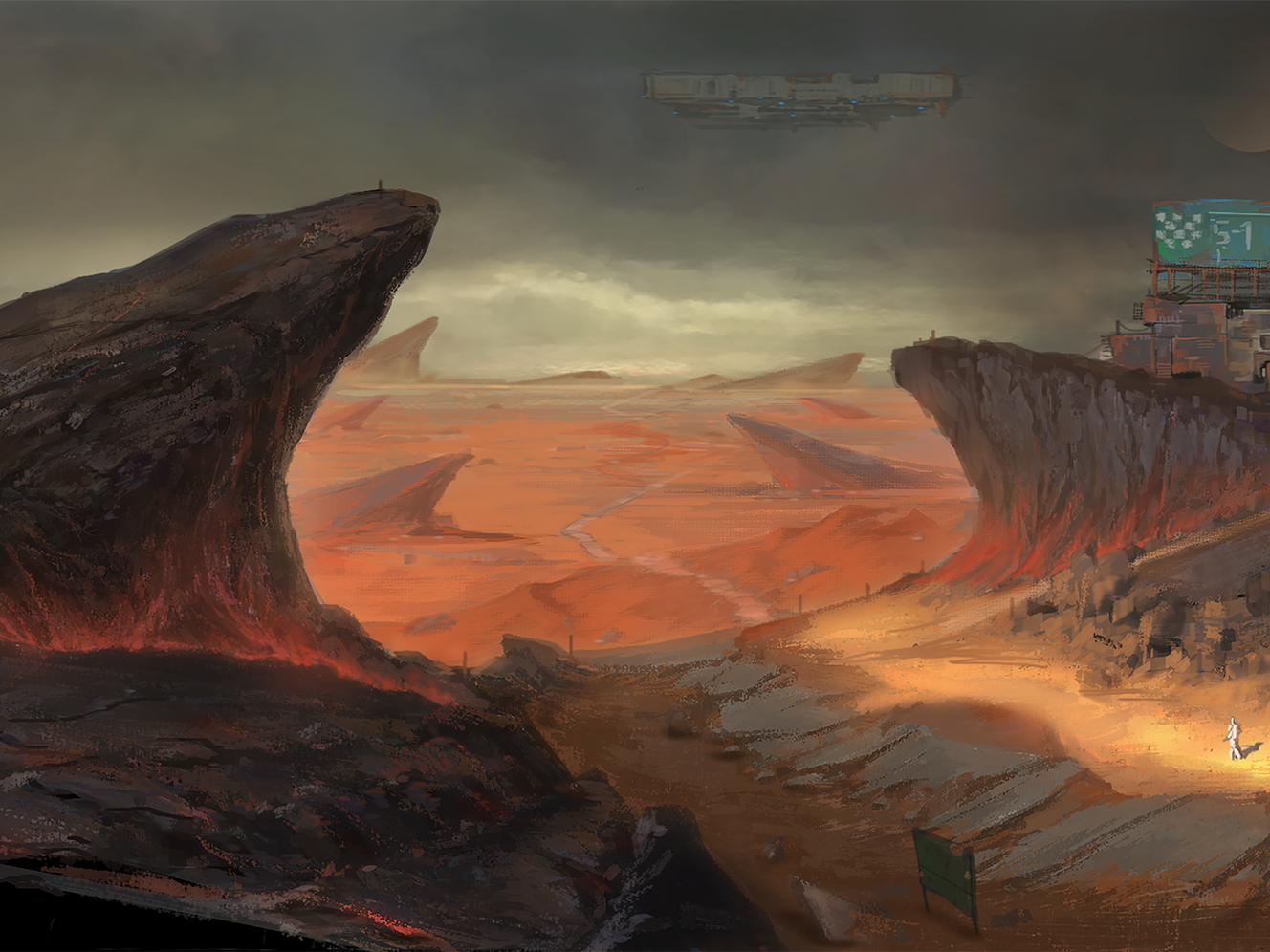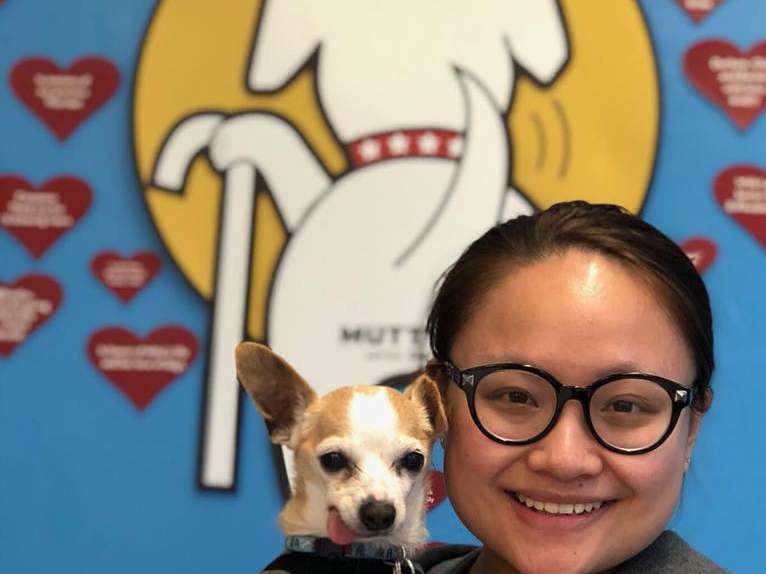Core Classes Needed to Earn an Animation Degree
Which classes will you be required to take for an animation degree? Learn more about core classes that are needed for this type of degree.
If you’re planning on earning an animation degree in order to build an exciting career, there are certain classes you’ll be expected to take. Keep the following in mind to give you an idea of what you’ll be learning.
Having an animation degree or a visual effects degree opens up several career opportunities, whether you dream of working on movies, TV shows, video games, or commercials. Within this field, you’ll find a wide range of jobs available, such as a stop motion artist, 2D or 3D animator, storyboard artist, matte painter, or rotoscope artist.
When you focus on animation, you’ll be developing the skills needed for making images appear like they’re moving, such as in cartoons or stop motion movies. Focusing on visual effects means you’ll be learning to use certain technological tools and building skills needed for adding effects to live action footage.
Whether you’re leaning more toward an animation career or a visual effects career, these are some of the essential courses you can look forward to taking.
Learning the Building Blocks of Computer Animation
As part of your degree program for animation, you’ll need to master computer animation skills and concepts. It takes time to work up to that level, but basic courses in computer animation help you get started. During your degree program, you’ll be learning the basics of computer graphics used for animation in different types of media and working toward learning about the whole production process in computer animation. When you’ve learned these concepts, you’ll move on to hands-on work studying 3D modeling and animation.
Studying Visual Effects and Animation for Films
A lot of work goes into making a film from start to finish in terms of animation and visual effects. While you’re working toward your degree, you’ll spend time getting to know various techniques used in filmmaking through the study of cinematics. You can expect to learn the different aspects of making a film, starting with a storyboard and ending with editing your finished project.
Working on Character Animation
Knowing how to animate characters is one of the key parts of an animation career. You might not realize just how much is involved with bringing characters to life with animation. From learning the basics through storyboarding to studying the principles of animating different characters and focusing on character acting, you’ll become familiar with core concepts and techniques used for character animation.
Learning All About Rigging
Rigging is an important part of the 3D character design process, since it helps you create lifelike movements. Understanding the basics of rigging and learning to apply different strategies is an essential part of animating characters. You can expect to study these concepts while also gaining hands-on experience in rigging as part of your degree program.
Understanding Texturing and Lighting
When you’re working on creating 3D characters, you’ll need to understand the effects of texturing and lighting. These fundamental parts of character design and animation play a big role in the way your characters end up looking, whether they’re standing still or in motion. With these types of courses, you’ll have basic knowledge of the way lighting and texturing can impact your animation.
Getting Started with Storyboarding
Storyboarding is where the animation process starts. Courses on storyboarding help you understand what goes into developing a story that you’re going to animate. You’ll learn the various elements and steps that are part of the storyboarding process for animation.
Looking forward to these classes so you can secure your dream career with an animation degree? Apply now at the School of Animation and Visual Effects. You can also request information from Academy of Art Univeristy admissions representatives to know more about our other art and design programs.


